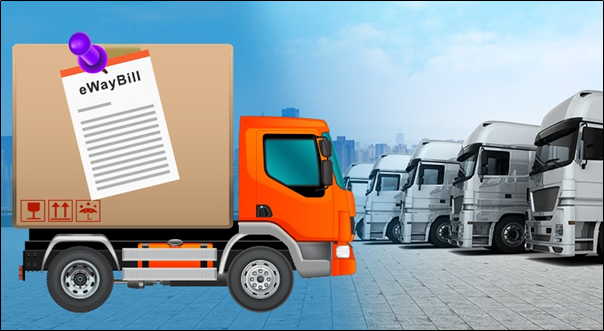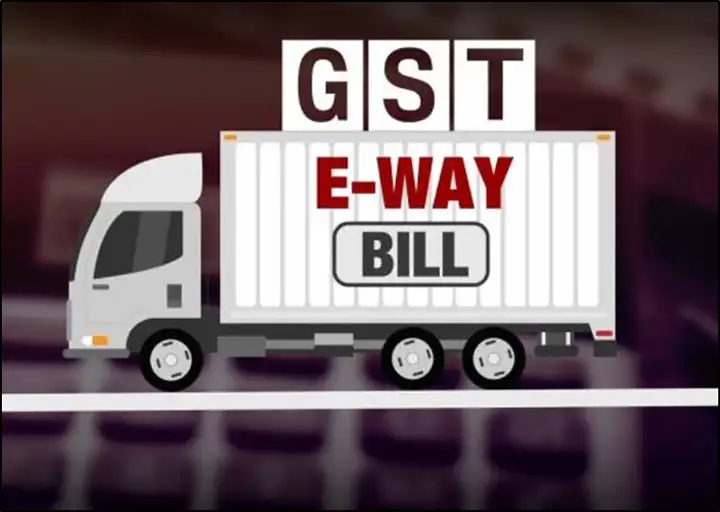Tax Invoice vs. Bill of Supply

A tax invoice is a document that is issued by a business to a customer for the purpose of charging them for goods or services. It includes details about the goods or services being sold, the price of those goods or services, and any applicable taxes. A tax invoice is typically used when the customer is required to pay sales tax or value-added tax (VAT) on the goods or services they are purchasing. On the other hand, a bill of supply is a document that is issued by a business to a customer for the purpose of charging them for goods or services that are not subject to VAT or sales tax. This might include items that are being sold for export, or items that are exempt from VAT or sales tax for some other reason. There are several key differences between a tax invoice and a bill of supply: VAT or sales tax: A tax invoice includes details about any VAT or sales tax that is applicable to the goods or services being sold, while a bill of supply does not. Exempt items: A bill of supply ...




